By Bernd Horn
On October 11, 1899, Great Britain officially went to war with the Republic of Transvaal and the Orange Free State. Conflict in South Africa had long been brewing, and by the summer of 1899 the relationship between the British and the Boers had deteriorated dramatically, ostensibly over the denial of civic and social rights to the Uitlanders (nonresidents) in the Boer republics. This alleged affront to the fair treatment of British subjects was too much for the Crown to bear. The fact that large deposits of precious minerals were recently discovered in the breakaway territories did little to help ease the tensions.
The Black Week
The British government was largely unconcerned over the looming war. Its political and military leaders were confident the conflict would be quickly and successfully concluded. The Boers, said one official, were little more than “the levies of two insignificant Republics whose forces were but loose gatherings of armed farmers.” Cavalry commander Lord Dundonald so doubted the capability of his upcoming opponents that he asked an officer of locally raised scouts, in all seriousness, if the Boers would actually fight when they saw British troops.
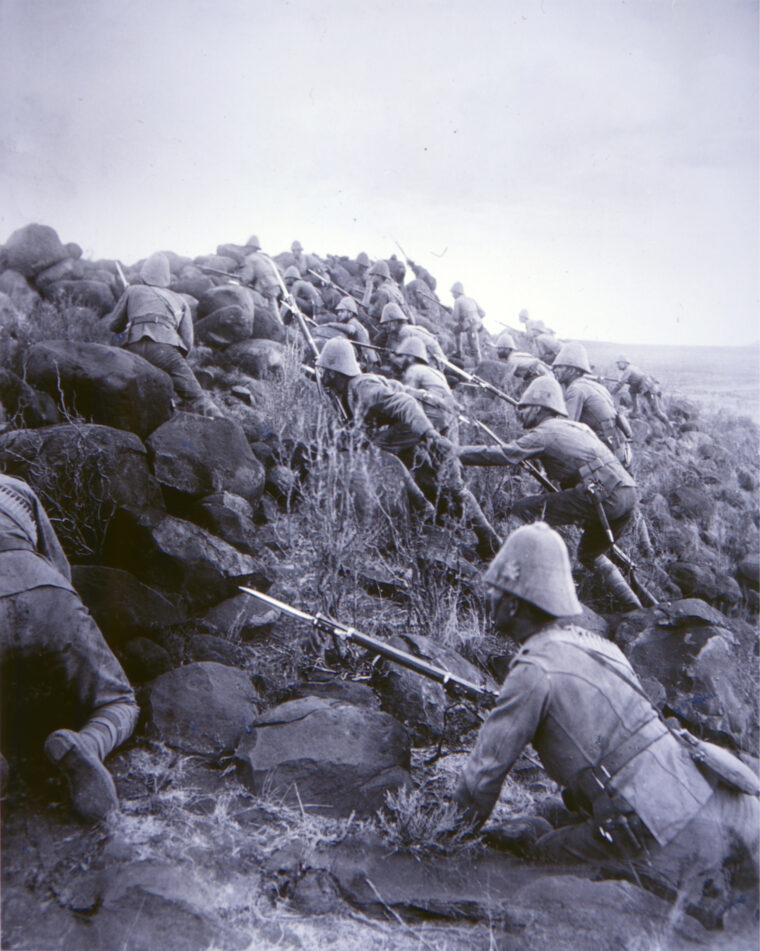
Such arrogance quickly disappeared. As the war opened in the autumn of 1899, British soldiers and politicians alike were shocked at the fighting prowess of the Boers, who inflicted a series of humiliating and costly defeats on British forces in the field. The nadir came during the week of December 10-15, when three separate British forays were decisively turned back at the Battles of Stormberg, Magersfontein, and Colenso—seven fateful days appropriately labeled “Black Week” by the public back home.
The impact of Black Week was enormous. The British high commissioner in Capetown, Alfred Lord Milner, despondently cabled Joseph Chamberlain, the colonial secretary in London: “This is the worst blow we have sustained yet during the war. The impression it has created here is simply deplorable, and this is sure to be the case throughout the Colony.” Milner’s entry in his diary the next day contained more than a hint of panic: “The news to-day is again extremely bad. There can be no doubt that General [William] Gatacre’s defeat on Sunday was a very severe one, and the effect of a large number of British prisoners being taken through a rebel district of the Colony into the Orange Free State cannot but be most injurious. One consequence is that, as reported by various magistrates, armed men are leaving their homes in various parts of the eastern districts, and going to join the enemy.”
Two days later, Milner acknowledged a deep depression in loyal circles after the three disasters of the past week. “General [Redvers] Buller’s defeat on the Tugela [River], coming on the top of Stormberg and Magersfontein, has been rather too much for the bravest,” Milner informed Chamberlain. “The effect of the reverses at Stormberg, Magersfontein, and Colenso is cumulative. Even in the remotest country districts it is now known that the enemy have had great successes. The spirit of rebellion has received an enormous impetus—even in districts hitherto comparatively quiet.”

The effect elsewhere in the empire was similarly dramatic. “The military situation is without doubt at this moment most grave and critical,” reported Winston Churchill, the future prime minister of Great Britain, then working as a newspaper correspondent. “We have been at war three weeks [and] the army that was to have defended Natal, and was indeed expected to repulse the invaders with terrible loss, is blockaded and bombarded in its fortified camp.” He added: “At nearly every point along the circle of the frontiers the Boers have advanced and the British retreated. Wherever we have stood we have been surrounded. All this is mainly the result of being unready. It is also due to an extraordinary under-estimation of the strength of the Boers.”
Canada’s Volunteers
In desperation, England turned to her former colonies for additional fighting men. Among those answering the call were the 1,039 largely inexperienced Canadian volunteers forming the 2nd Special Service Battalion of the Royal Canadian Regiment. The green Canadians were eager to fight. Despite their inexperience, the raw material was there. “Of the physique and high intelligence of all ranks of the Battalion,” wrote Lt. Col. William Otter, their commanding officer, “I could not but form the very highest opinion, and it was in a great measure due to these qualities that ultimate success accrued.”
The battalion disembarked at Cape Town on November 30, 1899. The dire situation in the field necessitated their immediate presence at the front, and the Canadians entrained the next day for Belmont. However, contrary to their expectations and desires, they were not deployed in battle. Rather, they spent the next two hot and monotonous months securing lines of communication. Their first battles were with boredom, hunger, and the harsh African environment. These conditions, exacerbated by a rigid and uncompromising commanding officer, created serious morale problems in the ranks. “Our present duties have, I think, a depressing effect upon the men,” reported Otter. “These duties consist of outpost fatigues and working parties and are very heavy.” One private wrote home to his family that he hadn’t had his boots off for nearly two weeks, and had forgotten entirely what a bath was like.

“I Don’t Think Much of Colonel Otter”
The harsh environment tested the troops. “Little or nothing to eat, stinking slushy water to drink, no tents for shelter on a hot summer day in Africa and a terrible rain storm,” reported one participant. When it was not raining, there was another constant irritant. “There is nothing but sand, sand, sand and a few little tufts of sage brush here and there and then there are sand storms,” complained Private Jesse Briggs. “They are dense, choking, blinding and penetrate every crevice.”
Otter was another major aggravation. Although experienced and skilled, he was dour and uninspiring. The men chafed at his harsh discipline and endless drill and resented his refusal to allow a dry canteen, such as existed in other regimental bivouacs. In addition, they felt that he did not push his British superiors for more active employment. “I don’t think much of Colonel Otter. The boys call him the Old Woman and many other pretty stiff names,” confided one soldier in a letter home. “He is too fond I think of giving the men too much marching, and that at a time when it interferes with a fellow’s grub time.”
The arrival of the British-appointed post commander, Lt. Col. Thomas Pilcher, further enflamed the problem. Within a week, Pilcher had organized a flying column and launched a successful strike against a group of Boers who were conducting operations near the town of Douglas. On January 1, 1900, he surprised the Boers at Sunnyside Kopje. As the artillery shelled the unprepared enemy, the Canadians seized a small kopje three-quarters of a mile from the enemy position and opened fire on the Boers. After four hours of fighting, the Boers fled toward Douglas. The small British force had killed six enemy troops, wounded 12, and captured 34.
The attack at Sunnyside simply increased the grousing about Otter. It was not lost on the RCR soldiers that Pilcher, even though newly arrived, had used his time to plan and conduct offensive operations instead of miring himself in administrative details. Not surprisingly, the criticisms of Otter grew, although soldiers’ expectations were somewhat misguided. Otter’s experience against the Fenians in 1866 and during the North-West Rebellion in 1885 had taught him the importance of drill, discipline, and fitness. His emphasis on marching and drilling, specifically the new rushing tactics that arose from the painful lessons of Black Week, was instrumental in preparing the Canadians for what lay ahead.

On the Offensive
Clamoring for action, the battalion would soon get its wish. On February 12 the Canadians moved to Gras-Pan and joined the 19th Brigade under Maj. Gen. Horrace Smith-Dorrien. The battalion was now to begin an epic campaign. Field Marshal Lord Frederick Roberts’ army of 35,000 men was set to march to Bloemfontein and relieve the sieges of Kimberley and Ladysmith. The march would be done without railway support, which necessitated the bare minimum of supplies. Tents, extra equipment, and all other superfluous materials were left behind. The march for the RCR, which now numbered 31 officers and 865 soldiers, commenced on February 13. The first three days were exceedingly difficult. Although only marching an average of 12 miles a day, the hot climate, difficult terrain, and supplemental fatigue duties such as assisting heavy naval guns cross rivers, took its toll on the men. The capture of a convoy of 200 British supply wagons by the Boers two days later also had a significant impact. It meant that everyone would be on short rations for the foreseeable future.
The battalion moved into Jacobsdal and remained there during the day. Due to the excessive heat, the advance was resumed at night. That evening the battalion departed for Klip Drift on the Modder River. Seven hours later it arrived at its objective and rested until 6 pm, when it set off once again for Paardeberg Drift. At 6 am on February 18, the Canadians reached their destination, worn out and famished. Immediately, arrangements were made for a much-anticipated breakfast, despite the meager rations available.
The meal was barely started when shots rang out in the distance. The British field force had caught General Piet Cronje’s army of 5,000 Boers on the Modder River. The hunter had become the hunted. The Boer army that had besieged Kimberley now was trapped itself. The RCR was ordered to dislodge or capture them. By 7:20 am, the Canadians, most still without a meal, deployed for action. “The state of many of the men was now pitiable,” reported one embedded journalist. “The short rations, want of water, lack of sleep, and long, tedious and irregular marches had told on them. Others were chafed and bleeding with the sand. We threw ourselves down half-dead and were just in the act of getting breakfast, when the order came that we were to form for the attack.”
The perspective of the soldiers was not much different. “We were pretty well fatigued as we had not slept or ate or even had a drink of water since yesterday,” scribbled Lance Corporal John Kennedy Hill in his diary. Another account reinforced the state of exhaustion: “On the night of the 17th we made a forced march (about 23 miles) arriving on the scene at daybreak,” recorded Private Frank Dunham in his diary. “We thought that before we went into action we should receive some food to fill our shrunken stomachs but no, we had hardly halted when we were ordered to wade the Modder & attack the N[orth] side.”

Crossing the Modder River
The river proved to be a formidable obstacle. It was five feet deep and the current ran at approximately 15 miles an hour. Ropes were strung from bank to bank to assist with the crossing, but to speed up the process, groups of four men linked arms and struck for the opposite side. “We did wade across that swiftly flowing river right up to our necks, four abreast,” explained Dunham. “If one slipped he was supported by his comrades. Thus we gained the opposite bank.” Hill, in something of an understatement, recounted, “We had quite a time crossing as water was up to our chins and current very strong.”
Once on the other side, the men were immediately deployed in the direction of the Boer positions. By 9:30 am, the battalion was firmly on the other bank and began what would become nine days of fighting for Paardeberg Drift. The baptism of fire was a true test of the men’s mettle. “This was the first time our Regiment as a whole were engaged,” wrote Dunham. “Within 1800 yards of their position the bullets began to hum around. But nothing daunted us as we kept steadily marching forward. A sort of wild excitement to be at them came upon us so we hastened forward. Within 800 yards we supported the front or firing line. Things began to be rather hot so we adopted the rushing tactics, that is running fifty yards then lying down for a few minutes for breath and again pushing on. This we kept up to within 450 yards for the fire was too hot and their aim too sure. Here we lay for several hours keeping up a hot fire all the time. The sun showed no mercy on us. Instead it seemed to shine with greater fierceness so that the sweat rolled from us as it never rolled before.”
The battalion advanced with A, B, and C Companies in the forward firing line under Lt. Col. Lawrence Buchan, the battalion second-in-command. D and E Companies were in support, the remainder in reserve. They were flanked by the Duke of Cornwall’s Light Infantry (Cornwalls) on the right, across the river, and the King’s Own Shropshire Light Infantry (Shropshires) and Gordon Highlanders on the left. The confusion on the battlefield was great. “The bullets were whizzing past us, and throwing little sprays of sand in all directions as they struck the ground,” recalled Sergeant William Hart-McHarg. “In a very few minutes we were well in the fire zone, and were ordered to lie down.” All around them were men from the other British regiments. The advance continued until the Canadians reached the forward firing line, where they intermingled with the British regulars. Often, the men could not fire at the Boers for fear of hitting their own comrades.

Once the Canadians reached the firing line, the advance came to a grinding halt—the Boer fire was simply too overwhelming. Their accurate and smooth-firing bolt-action Mauser rifles cracked ceaselessly at any target that showed itself. “We lay in the burning sun, under the cover of small bushes or anthills, or lying flat on the open, jamming ourselves into the very ground to escape the peppering hail of bullets which ripped, whirred, and whinged a continual chorus of malignant warning,” recounted one participant. The Canadians were strung out in front of the Boer positions from approximately one-fourth of a mile on the right to one-third of a mile on the left, the difference owing to the fact that the terrain on the right allowed the troops more cover. Many of the men, overcome with fatigue and feeling the effects of the relentless burning sun, fell asleep clinging to the ground behind whatever scanty cover they could find. Some died this way, the victims of crack Boer marksmen who continued to shoot at any target they could locate.
“A Hopeless Undertaking”
At 3:30 pm a brief thunderstorm drenched the pinned-down soldiers, providing much-needed relief. Thirty minutes later the commanding officer of the Cornwalls, Lt. Col. William Aldworth, who had been ordered to “finish this thing” by Maj. Gen. Sir Henry Colvile, arrived on the battlefield. After a brief and unpleasant discussion with Otter, he proposed mounting a bayonet charge. Aldworth ordered three of his companies across the river and moved them forward to the firing line. Then, at approximately 5:15 pm, after offering five pounds’ reward to the first man into the enemy’s trenches, Aldworth ordered his men to charge and “invited” all others from the wide array of gathered regiments to join them. The effect was electric. All along the line the intermingled soldiers of the various regiments were seized by the sudden excitement. The Canadians, no different from the others, immediately rose and joined the charge.
“It was about 4:30 in the afternoon that the order passed along the line like a thunderbolt to ‘fix bayonets,’” recalled Private Dunham. “Never for a moment did we flinch, so when the order came to prepare to charge we jumped to our feet with a stifled cheer & charged.” Excitement and enthusiasm, however, were not enough. “When we started to move,” recalled Lieutenant J.C. Mason, “the bullets fell like a perfect hailstorm.” One journalist who was present wrote of the attack, “The men tumbled like skittles on every side.” Dunham conceded, “It was too hot for us; we were compelled to stop.” Both Mason and Dunham agreed that the charge was a needless act. “It was a hopeless undertaking to cover 600 yards of open ground when the enemy had the exact range,” Mason wrote. And Dunham agreed that “the order to charge was another of those blunderings which cost our army so dear.” The brigade commander, Maj. Gen. Smith-Dorrien, later told his troops that he had not ordered the charge.
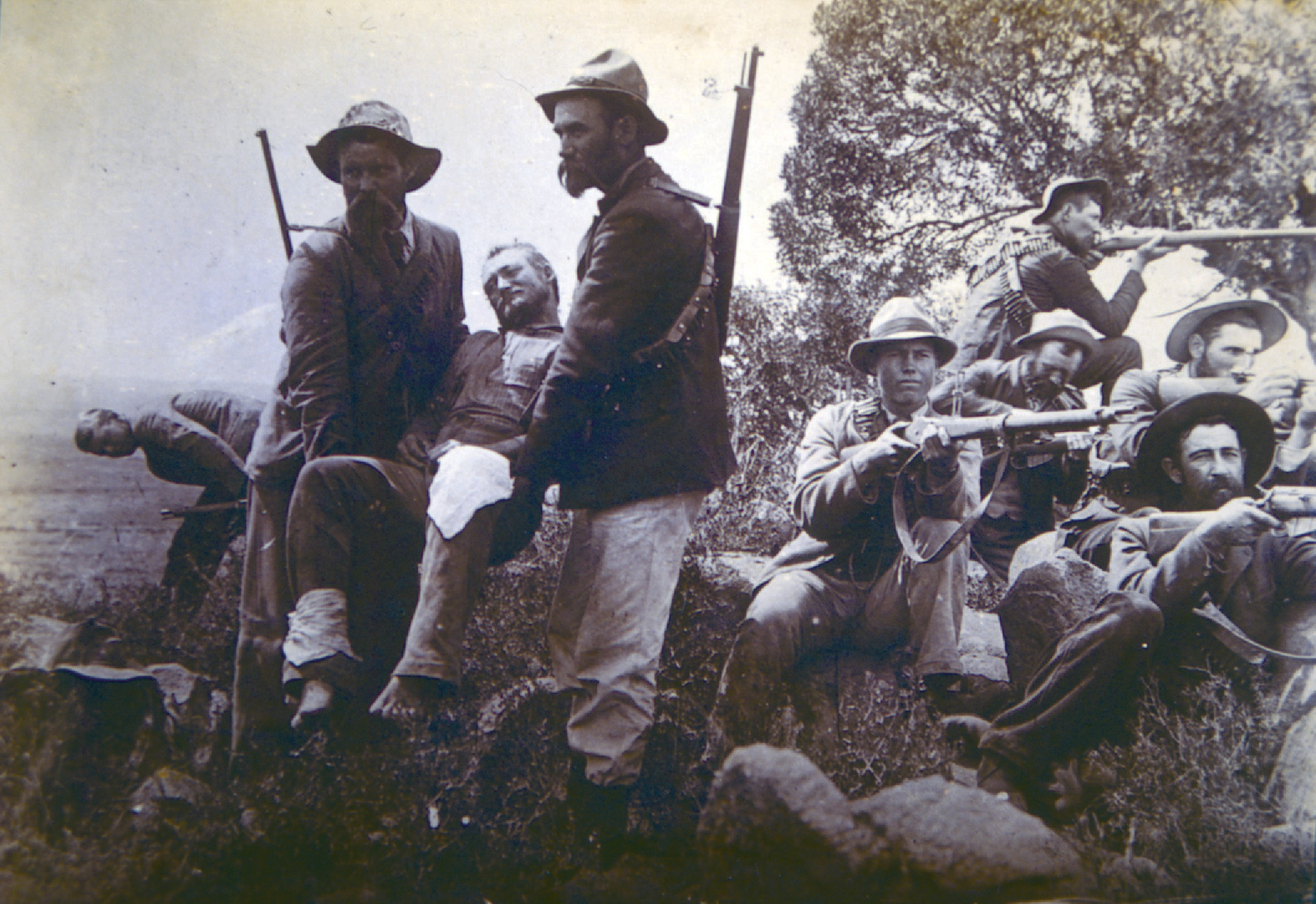
The charge occurred nonetheless. Aldworth was one of the first to fall, fatally wounded, in the ill-fated assault. In the end, the charge netted only another 200 yards. At that point, the soldiers once again were forced to fling themselves to the ground and desperately attempt to melt into any available crack or crevice to avoid the deadly reach of Mauser bullets. Darkness was their only salvation. Once the battlefield was cloaked in obscurity, Otter gave the order to withdraw. “Within a few hundred yards of the enemy we lay till night closed around us, then quietly retired,” scribbled Dunham in his diary. “It was a sad moment for us, to leave the ground we had so dearly won.” The day’s action had cost the battalion 21 killed and 60 wounded. Although darkness provided a reprieve, it was clear to all that the battalion had been severely bloodied. Moreover, its young adventurers now realized war’s grim side. “We all agree,” wrote one young soldier, “that we have had all the fighting we want, and will be glad to get back to the line of communication as soon as possible.”
“Stinkfontein”
Despite the unsuccessful assault, the British had achieved some success. At nightfall the Boers withdrew as well, albeit to better a defensive position. Cronje’s large army was now completely surrounded by an overwhelming British force. Moreover, the trap was sufficiently strong that he could not break out, nor could Boer reinforcements relieve the pressure and save him. A siege began with the antagonists manning entrenchments and mounting a constant harassing fire on each other with both artillery and small arms. The Canadians took their turn manning outposts and the main entrenchment facing the Boers. On the 19th, the battalion buried its dead and manned a series of outposts three miles upriver and approximately two miles from the Boer laager. Two days later the battalion was sent to Artillery Hill to support the naval guns that were shelling the Boers with lyddite. On the 22nd they were reassigned with the remainder of the brigade to a line of kopjes west of Cronje’s position as a blocking force. After three days of incessant heavy rain, the battalion moved back to Paardeberg Drift for a brief rest. This proved to be of little value as the torrential rains continued throughout the night and turned their bivouac into a quagmire.
The mud was the least of their concerns. The heavy rains caused the river, which ran through their bivouac and was their only source of drinking water, to flood. The swift current also ran through the Boer laager and carried away the debris of the besieged camp, specifically its dead and its waste. Otter reported that the greater part of their rest day was spent poling dead men and animals from the banks of the bivouac to prevent them from creating a dam. In the brief 24-hour period spent in the camp, Otter estimated that some 720 bodies and carcasses had drifted down from the Boer laager. The fouling of the drinking supply would create grave problems in the form of enteric and typhoid fever, which eventually affected 350 men in the battalion, 10 percent of whom would die from disease. The soldiers dubbed their encampment “Stinkfontein.”

The British artillery continued pounding the Boer defenses. Boer commando leader Christiaan De Wet, who had arrived too late to camp with Cronje, watched the destruction from afar through field glasses. “All around the laager were the guns of the English, belching forth death and destruction,” he wrote, “while from within it at every moment, as each successive shell tore up the ground, there rose a cloud—a darkened cloud of dust.” Conditions inside the camp were appalling. “Food supplies ran desperately low,” one defender recalled. “The stench of the decomposed oxen and horses is awful. The water of the river is putrid with carrion. The sufferings of the wounded are rendering. Little children huddled together in bomb-proof excavations are restless, hungry and crying. The women are adding their sobs to the plaintive exhortations of the wounded All the time the shelling never abates. Nearly every man, woman and child is lyddite stained. It is too much for flesh and blood.”
“It was Like Being in a Swarm of Bees”
On the morning of February 26, the Canadians were ordered back into the trenches to relieve the Cornwalls. The entrenchments were gradually being pushed toward the enemy position. When they arrived, they found themselves approximately a third of a mile from the Boer lines. For the remainder of the day, the Canadians and Boers exchanged small arms fire. The British commanders decided to put additional pressure on the Boers. In the afternoon, the battalion received word that a night attack would be conducted at 2 am. Preparations were undertaken and the Canadians braced for their second major engagement of the war. They were not overly enthusiastic. “Nothing is so trying on the nerves as a night attack,” confided Private Dunham to his diary, “and we had lots of time to ponder on it.”
The plan of attack was for six RCR companies in the main trench to advance on the Boer trenches at the assigned hour. In support, in the main trench to the right of the Canadians, were 200 Gordon Highlanders. To the left, approximately a mile away, was the Shropshire Light Infantry. They were to provide covering fire if needed. For the assault, the front rank of each company was to move with fixed bayonets and hold their fire until fired upon by the enemy. The rear rank, with engineer support, was to sling their rifles and carry shovels and picks to dig in once the advance ground to a halt and could go no farther.
At 2:15 am, in the inky Transvaal darkness, the Canadians crept out of their entrenchments and moved forward. They maintained an interval of one pace between men and 15 paces between ranks. Initially, the advance seemed too good to be true. The front rank moved forward without interruption for about a quarter-mile. Then a few stray shots rang out and a terrific fire engulfed the darkness. Luckily for them, the initial shots served as a warning, and many of the soldiers threw themselves down to the ground before the main gunfire erupted. “Silently we advanced for several hundred yards, then the order came to ease off to the left,” Dunham recalled. “We hardly had moved two steps when a wall of fire opened up in front of us, not fifty yards away and a hail of bullets whizzed past us, sending death with it. We all dropped as flat as pancakes.”

The noise of the battle duly impressed Private William Jeffery. “The explosive bullets,” he wrote, “sounded like flying devils hissing and smacking through the air.” One journalist witnessing the event described it as “a brief fight, but a long half hour of deadly combat, ten minutes of triple hell and twenty minutes of an ordinary inferno.” The Boer volley had a disastrous effect on F and G Companies, which were caught in the open within 200 feet of the enemy’s advanced trench. The companies suffered six killed and 21 wounded in mere minutes. “How we got back is a wonder to us all,” Perkins remembered. “It was like being in a swarm of bees.”
The Canadians in the front rank hugged the ground and returned fire. They were supported by the Shropshires, who unleashed volleys of fire from their distant entrenchments in a vain effort to provide covering fire. The rear rank of the Canadians began to entrench, but progress was mixed. The trench on the right, being constructed by Royal Engineers, made rapid progress. The trenches on the left were not faring as well. Suddenly, the fog of war took hold of the battlefield. In the murky darkness, an authoritative voice ordered everyone “to retire and bring back your wounded.” The apparent directive was enough for most men—the entire left side of the line, four companies in all, collapsed in a rush to the rear. “I think all records for the 100 yards were broken that night,” Durham joked.
Two White Flags
The precipitous withdrawal angered Otter. The hasty retreat, he felt, put the reputation of the Canadians at risk. Conscious of the disdain that the British regulars held for colonial troops, Otter was concerned this would simply reinforce their prejudice. He need not have worried. Daylight found G and H Companies well entrenched, with the Royal Engineers still pushing on with their work. It was unclear whether the tenacious troops simply were oblivious to the general withdrawal that took place in the dark, or whether strong, decisive local leadership prevailed. Regardless, at 4 am, as the light of dawn slowly seeped onto the battlefield, the unwary Boers rose from their trenches to investigate their night’s work.
Suddenly, the tables were turned, and the Boers came under fire from the newly constructed trench less than 100 yards from their position. The firefight continued for over an hour, then, unexpectedly, a white flag fluttered over the advanced enemy trench. The Boers had had enough. The Canadians, however, were leery of the flag, since the Boers previously had used such tactics as a ruse. As a result, they kept up a well-disciplined fire until 6 am, when an individual carrying another white flag emerged from the enemy trenches. Firing stopped immediately. Soon, groups of dazed, exhausted Boers began to clamber out of their entrenchments.

A Victory for the Canadians
The Battle of Paardeberg was over. By 6:15, division commander Colvile arrived and dispatched an officer into the Boer laager to discuss the terms of surrender—unconditional. Despite the questionable night attack, the tenacity of G and H Companies had not only saved the reputation of the Canadians, but had also created the conditions for the first major British victory of the war. The date of the victory was very significant. Nineteen years earlier, to the day, the Boers had inflicted a humiliating defeat on the British at Majuba Hill and secured their independence. That embarrassment was now avenged.
The victory was a distinctly Canadian one. “The supporting companies of the Gordon Highlanders were not engaged, although the trench which protected them was subjected to a fairly heavy fire from the enemy,” reported Otter. “The battalion of the Shropshire Light Infantry on our left, fired volleys at long ranges for some time after our attack developed and materially assisted us.” Otter was clear in his appraisal. “That the duty entailed on the Royal Canadian Regiment was most difficult and dangerous no one will deny,” he wrote, “and though the advance was not so successful at all points as was hoped for, yet the final result was a complete success, and credit can fairly be claimed by the battalion for such, as it was practically acting alone.”
The success of the Canadian troops and the respect they garnered triggered a nationalist outpouring of pride in Canadian military prowess. Even Canadian Prime Minister Wilfrid Laurier, who initially was hesitant about sending troops to South Africa, was not immune from exploiting the success. “Is there a man whose bosom did not swell with pride, the pride of pure patriotism, the pride of consciousness,” thundered Laurier in the House of Commons. “That day [Paardeberg] the fact had been revealed to the world that a new power had arisen in the West.” Field Marshal Roberts, the British commander-in-chief, concurred. The Canadians, he said, “had done noble work, and were as good a lot of men as were in the British Army. Canadian now stands for bravery, dash and courage.”
All in all, the Royal Canadians had done Canada proud. They had served with distinction and demonstrated a martial spirit, endurance, and tenacity that rivaled the vaunted British regulars. “There are no finer troops or more gallant troops in all the world,” wrote Smith-Dorrien of the Canadians. He was not alone in his praise. “The men of the RCR,” commented the battalion medical officer, “were a jolly lot and saw the humor in any difficulty.” Even the journalists were impressed. “We have seen the First Contingent,” wrote one reporter, “side by side with the bravest and the best of the Imperial regiments, taking with them the hardships met with on campaign.” In the end, the Canadian troops at Paardeberg had helped to deliver the first British victory in the war and changed—at least for a while—the way the English viewed colonials.
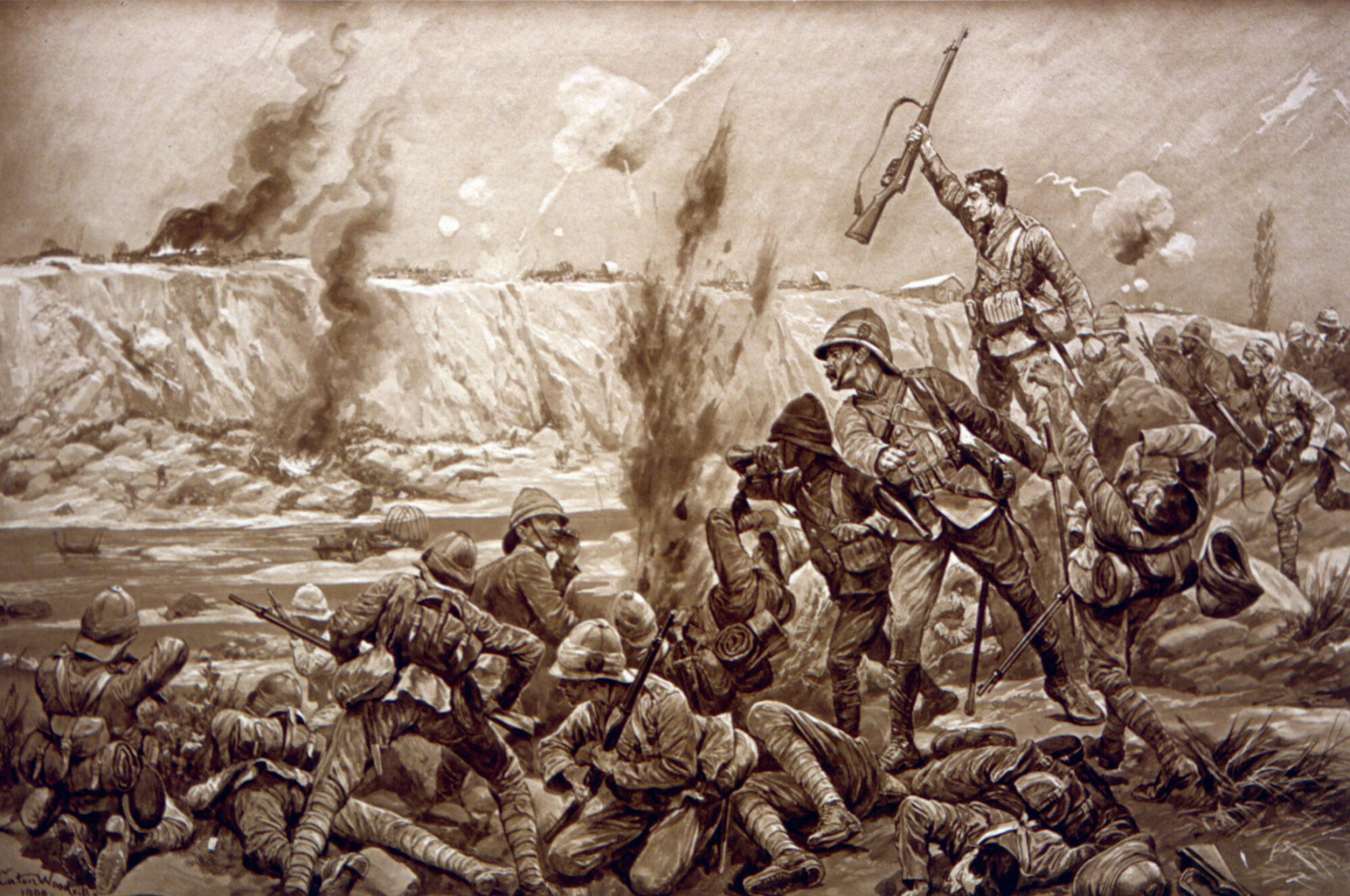
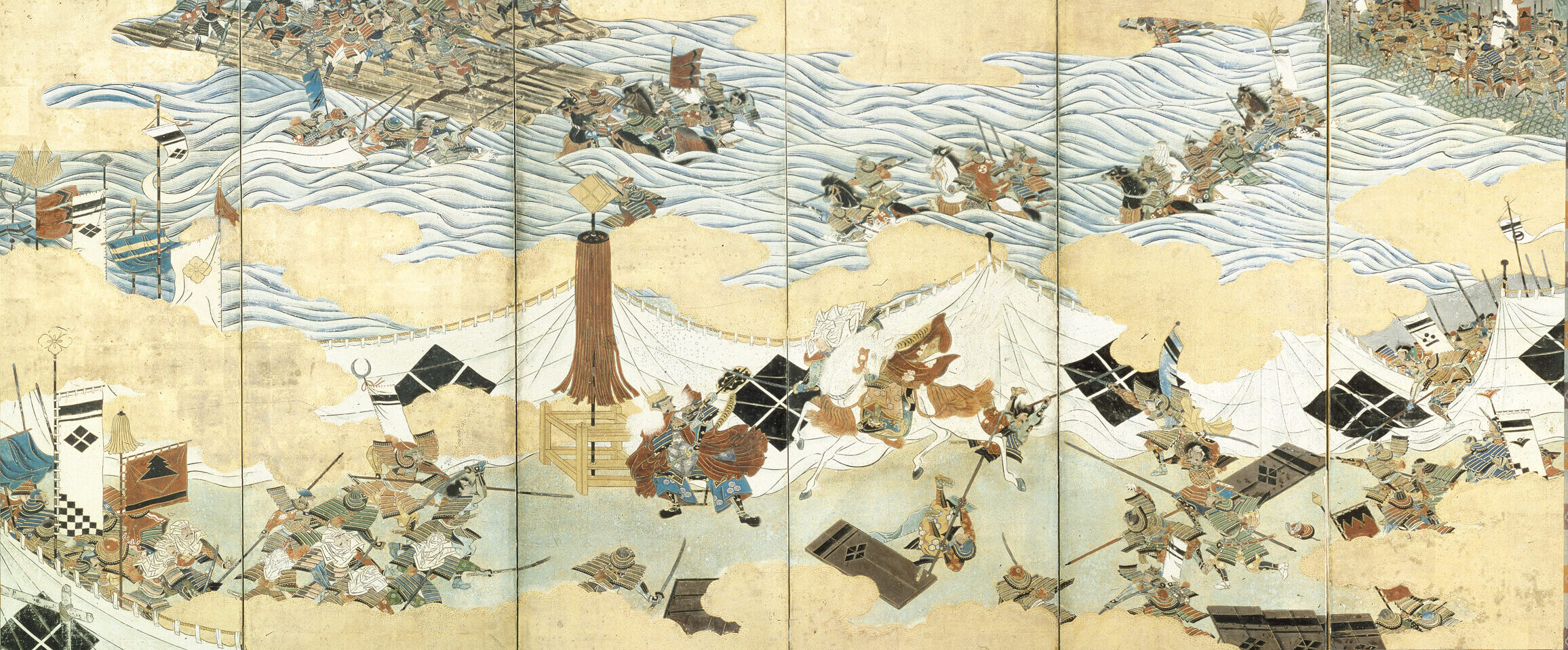
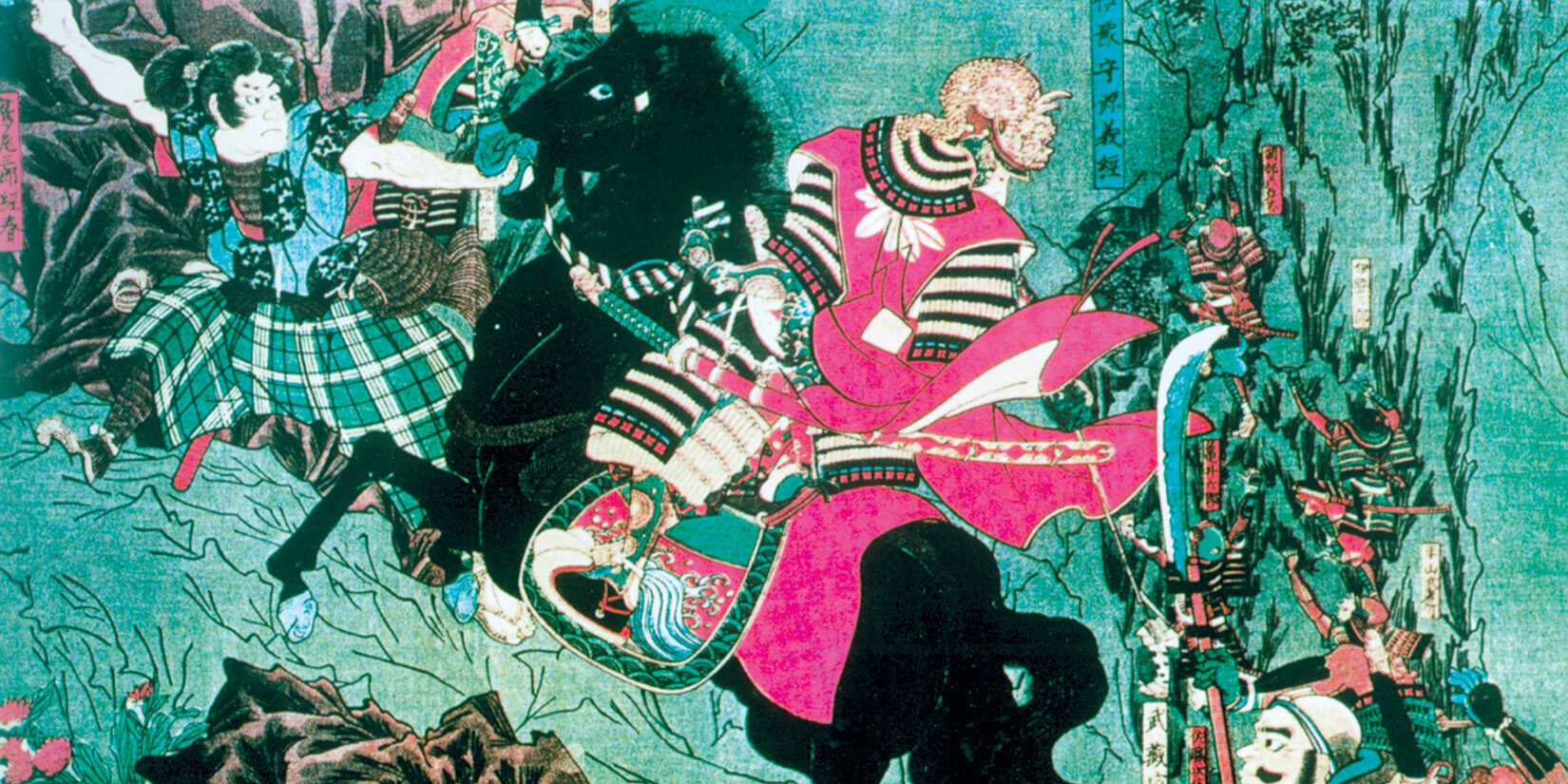
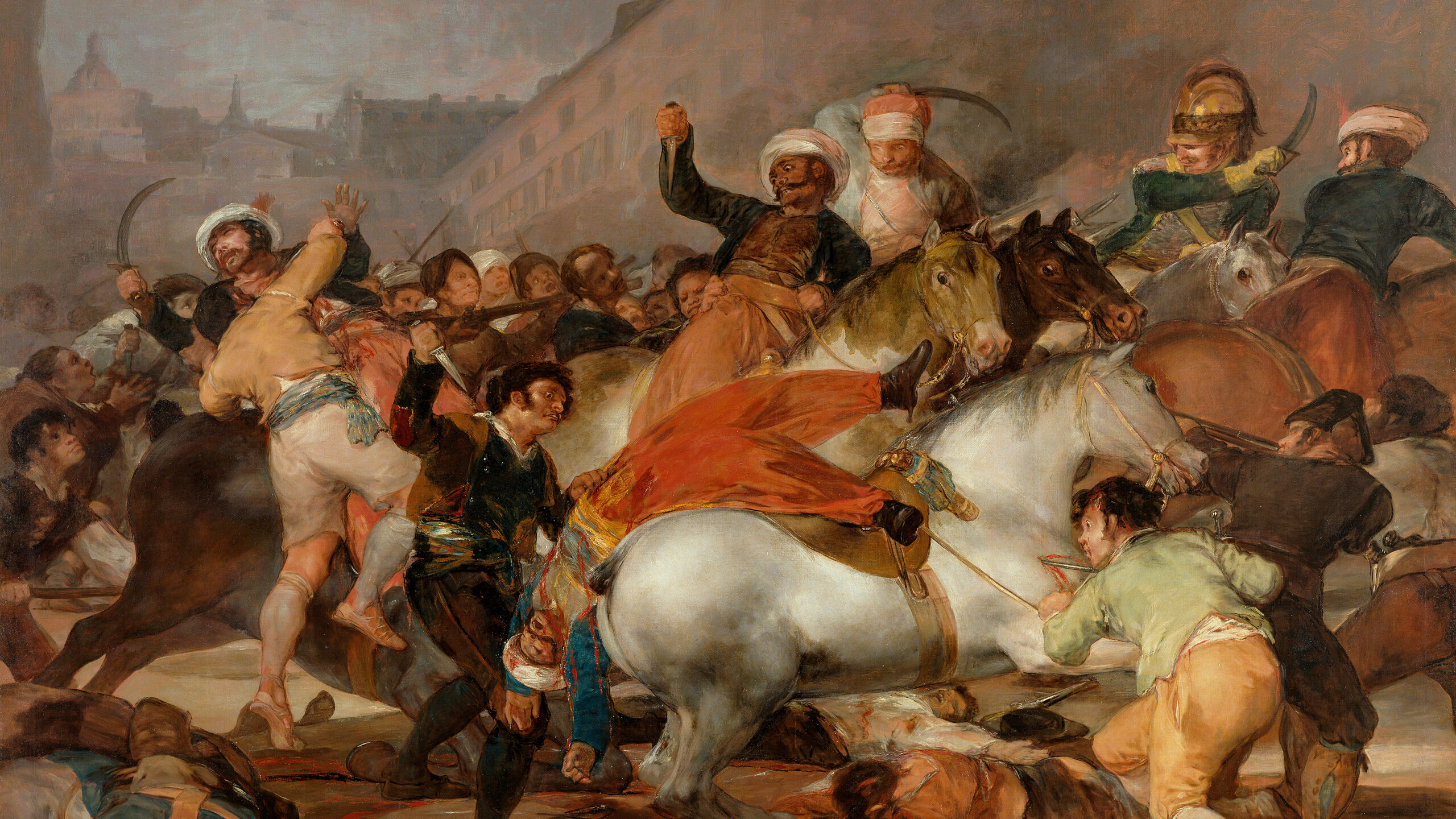
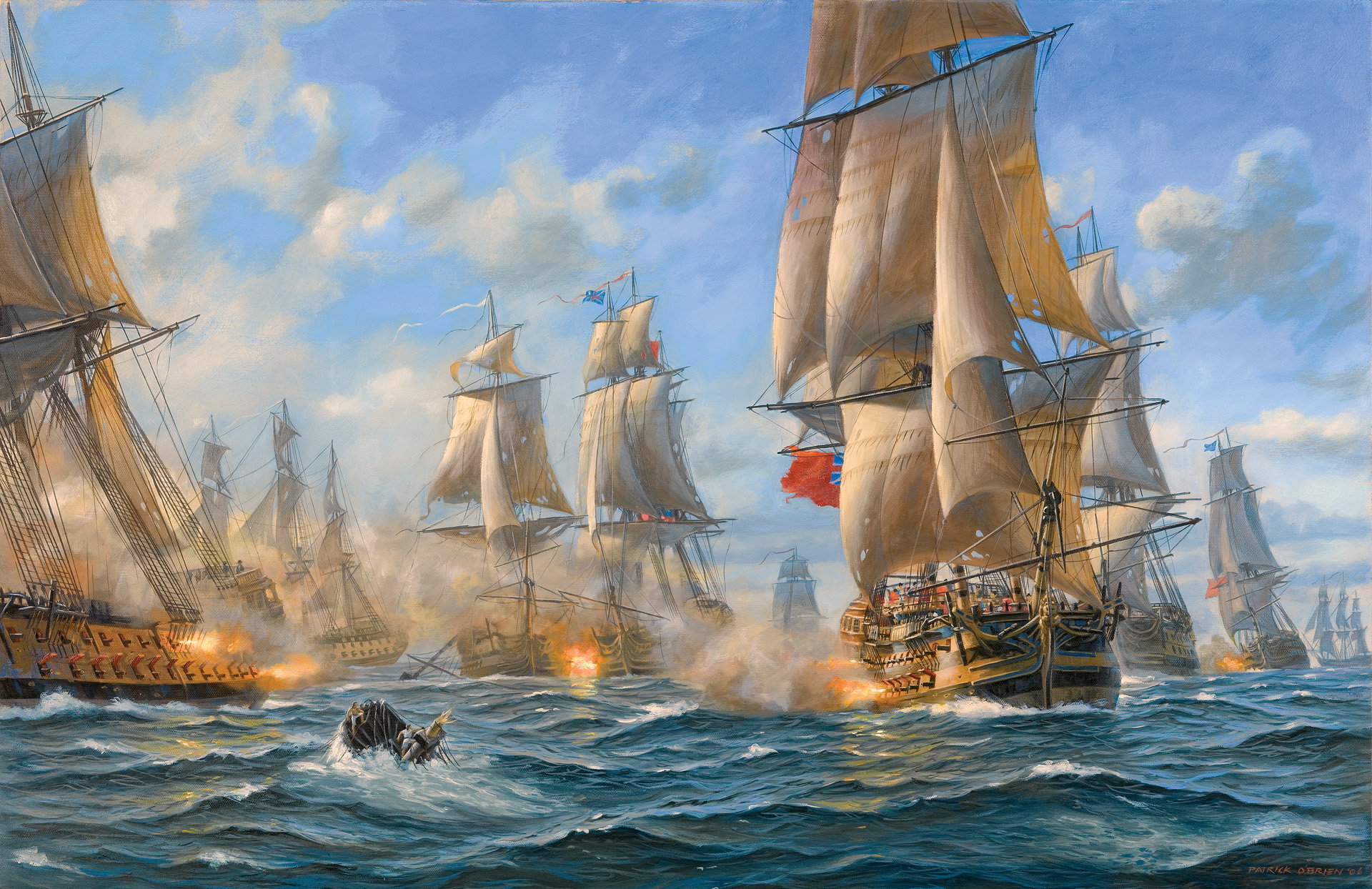
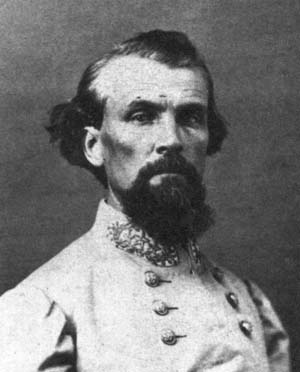
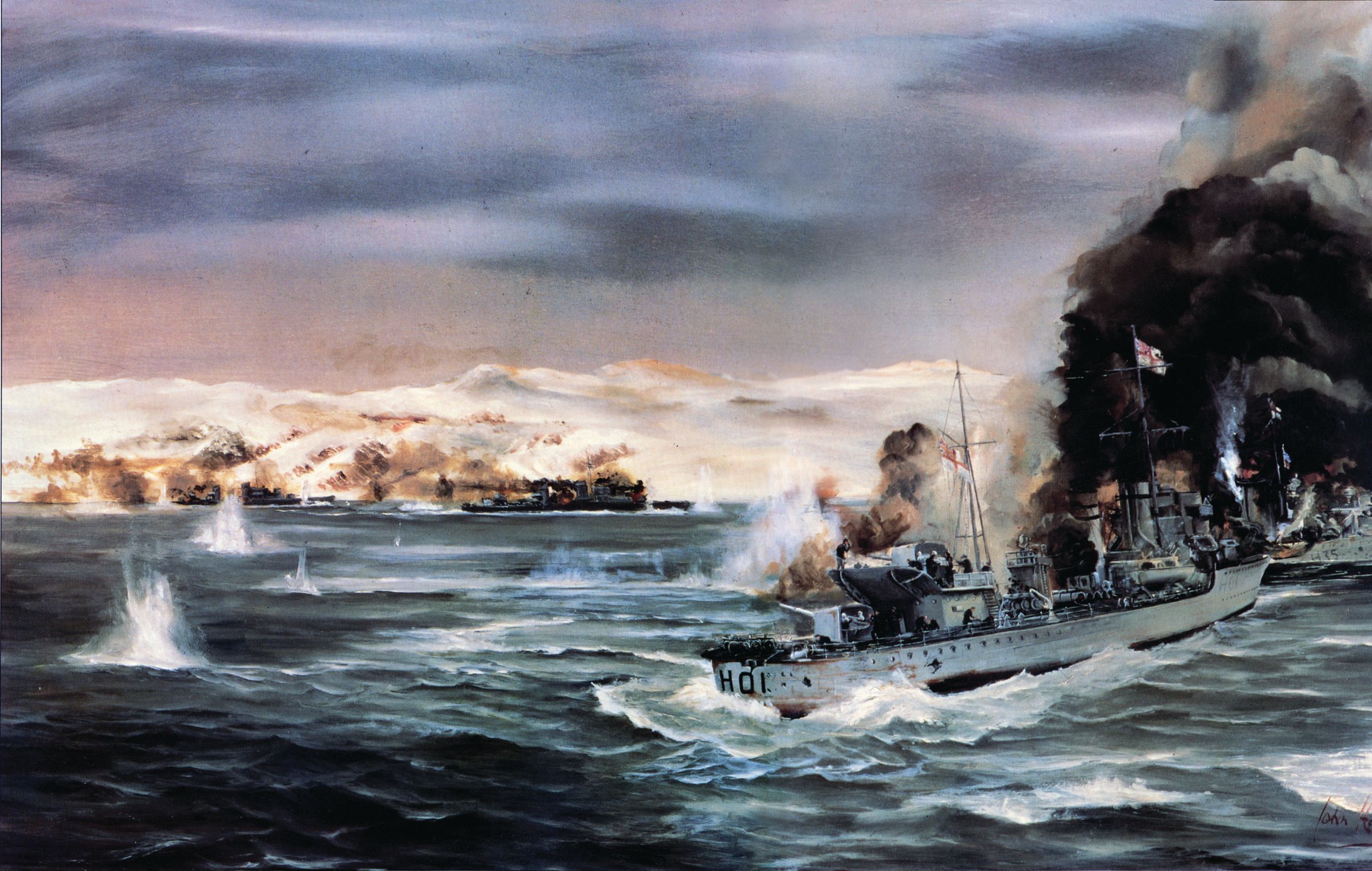
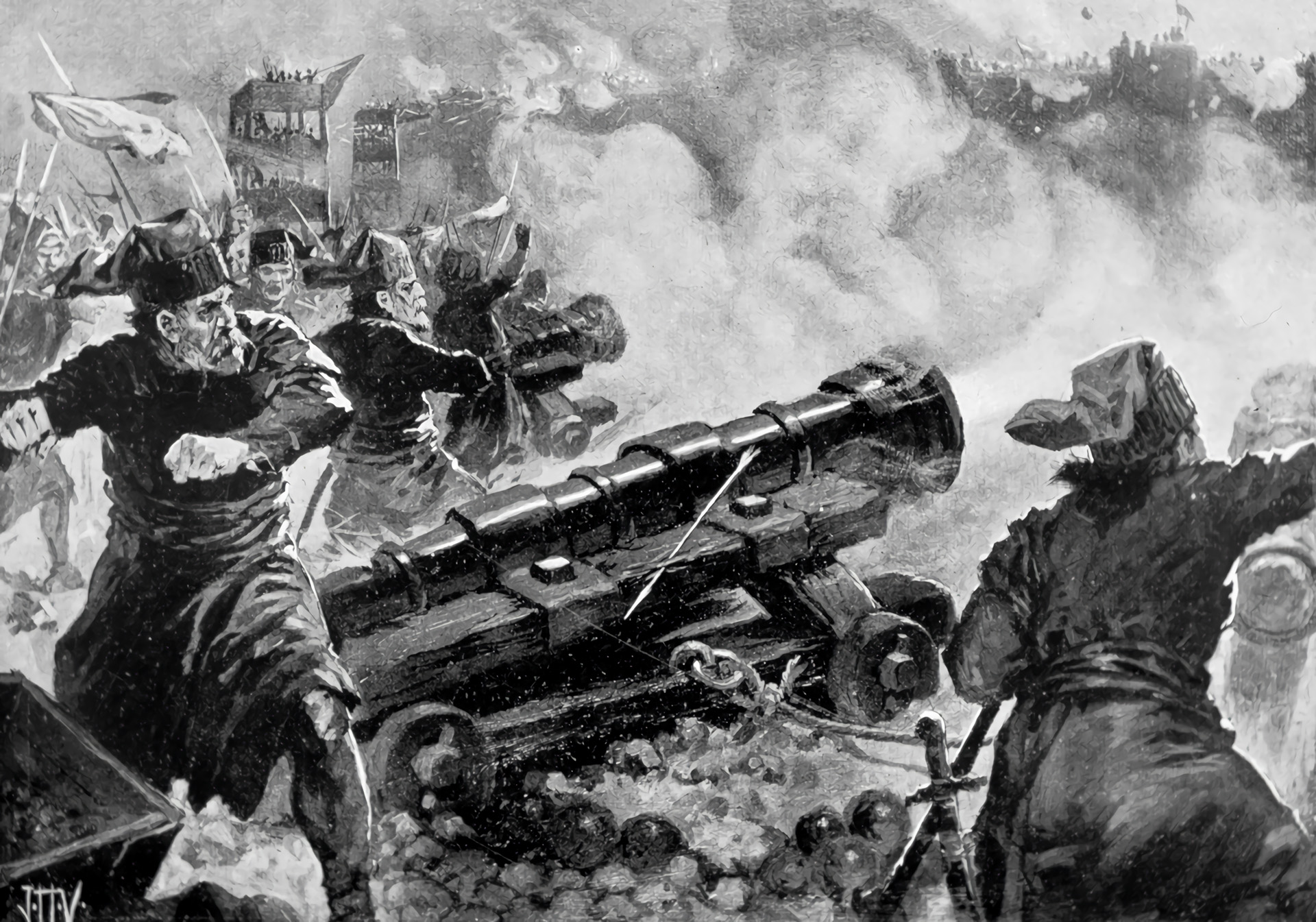
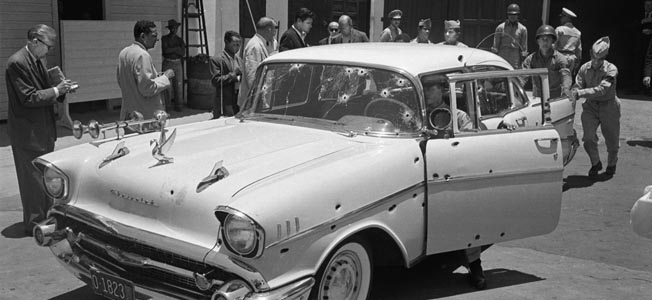
Join The Conversation
Comments
View All Comments